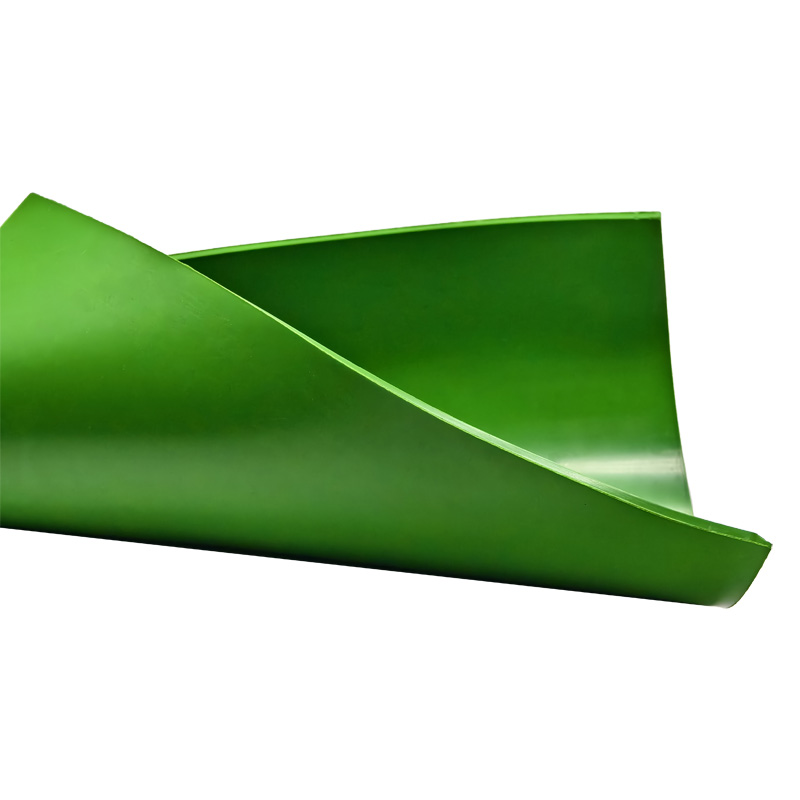Behind the Scenes: The Manufacturing Process of NR Rubber Compound for Protective Covers
2024-05-06
Protective covers play a vital role in safeguarding equipment, machinery, and outdoor gear from environmental elements, abrasion, and wear. Natural rubber (NR) compound is a popular choice for manufacturing protective covers due to its exceptional properties and durability. But have you ever wondered how NR rubber compound for protective covers is made? In this article, we'll take a behind-the-scenes look at the manufacturing process, including special considerations and techniques employed to enhance its protective qualities.
1. Raw Material Selection
The manufacturing process of NR rubber compound begins with the selection of high-quality raw materials. Natural rubber latex, derived from the sap of the rubber tree (Hevea brasiliensis), serves as the primary ingredient. Other additives such as curing agents, accelerators, antioxidants, and reinforcing fillers are carefully chosen to enhance specific properties of the compound, such as elasticity, strength, and weather resistance.
2. Mixing and Compounding
Once the raw materials are selected, they undergo a mixing and compounding process to create the NR rubber compound. This process involves blending the natural rubber latex with the selected additives in precise proportions using specialized equipment such as internal mixers or two-roll mills. The mixing process ensures uniform dispersion of additives throughout the rubber matrix, resulting in a homogenous compound with consistent properties.
3. Vulcanization
After the compounding stage, the NR rubber compound is ready for vulcanization—a process that transforms the raw rubber compound into a durable, resilient material with enhanced protective qualities. During vulcanization, the rubber compound is heated to a specific temperature and pressure, causing chemical cross-linking reactions to occur between the rubber molecules. This cross-linking process imparts greater strength, elasticity, and resistance to heat, chemicals, and abrasion to the rubber compound.
4. Shaping and Molding
Once vulcanization is complete, the NR rubber compound is shaped and molded into the desired form for the protective cover. This may involve extrusion, compression molding, or injection molding techniques, depending on the complexity and dimensions of the final product. Special considerations are given to the design and geometry of the protective cover to ensure optimal fit, functionality, and performance in its intended application.
5. Surface Treatment and Finishing
After molding, the protective covers may undergo additional surface treatment and finishing processes to enhance their protective qualities and aesthetic appeal. This may include applying surface coatings or treatments to improve weather resistance, UV stability, and surface smoothness. Finishing touches such as trimming, cutting, and labeling are also applied to ensure the final product meets quality standards and customer specifications.
6. Quality Control and Testing
Throughout the manufacturing process, stringent quality control measures are implemented to ensure the integrity and performance of the NR rubber compound protective covers. Samples are tested for physical properties such as tensile strength, elongation, tear resistance, and compression set, as well as functional properties such as sealing effectiveness and durability. Any deviations from specifications are identified and addressed to maintain product consistency and quality.
Conclusion
The manufacturing process of NR rubber compound for protective covers is a carefully orchestrated sequence of steps designed to harness the inherent properties of natural rubber and enhance its protective qualities. From raw material selection to vulcanization, shaping, surface treatment, and quality control, each stage plays a crucial role in producing durable, resilient, and reliable protective covers that effectively safeguard equipment, machinery, and outdoor gear. So, the next time you encounter a protective cover made from NR rubber compound, you'll have a deeper appreciation for the craftsmanship and expertise involved in its creation.



